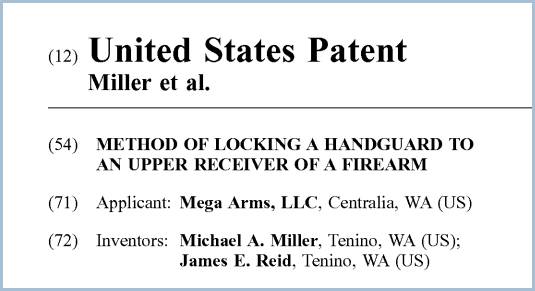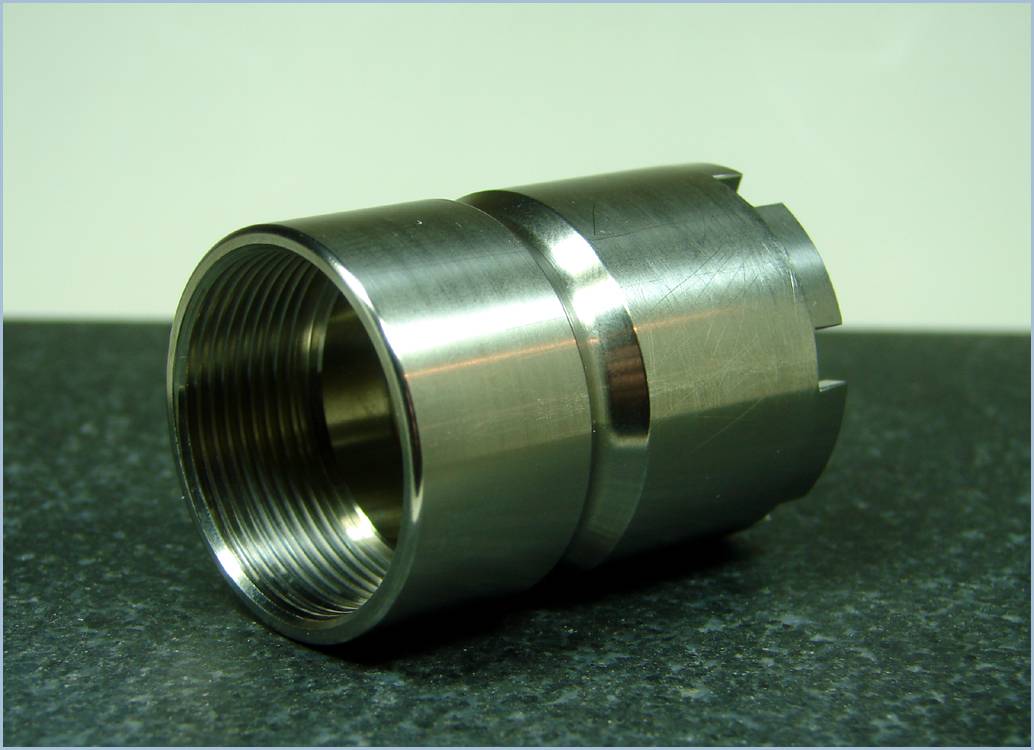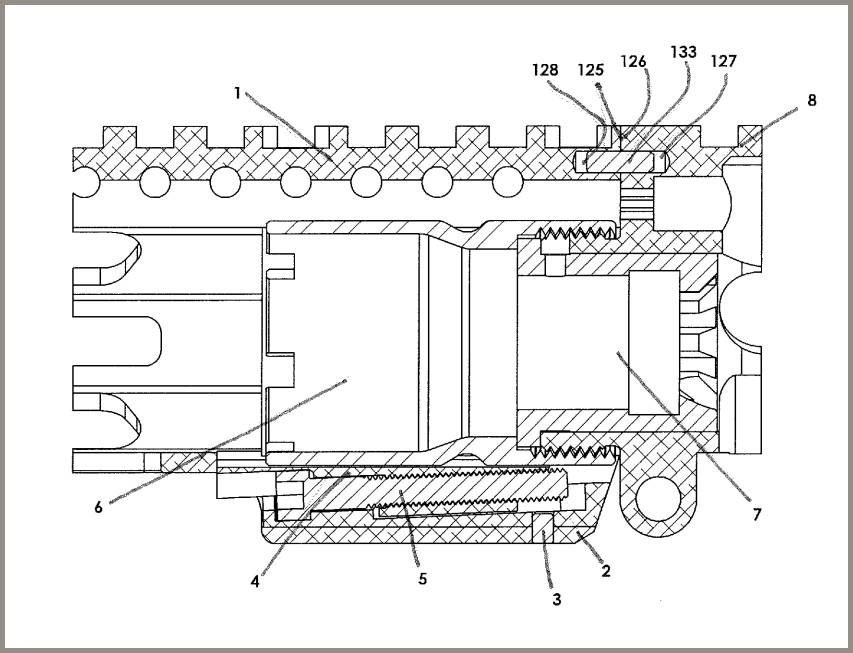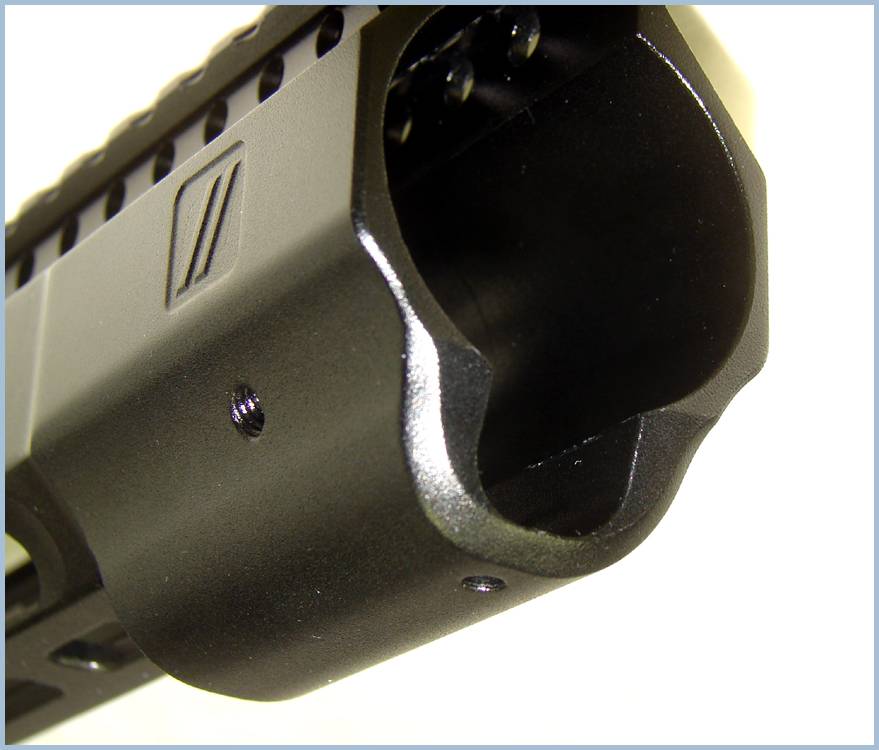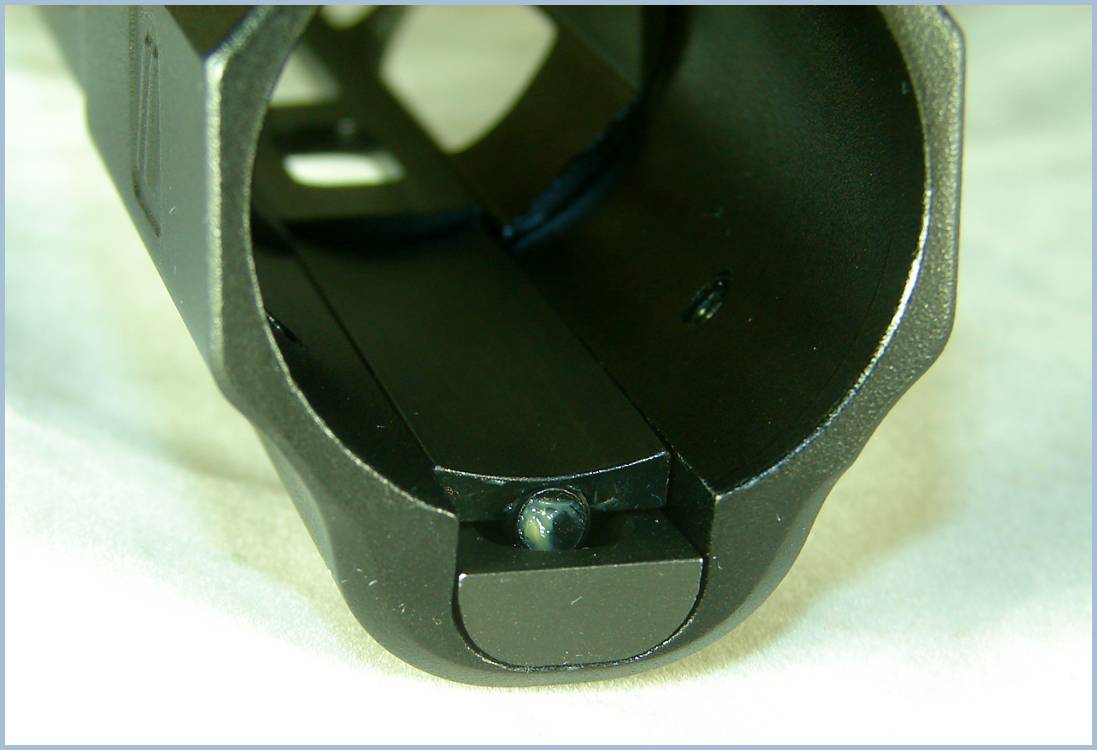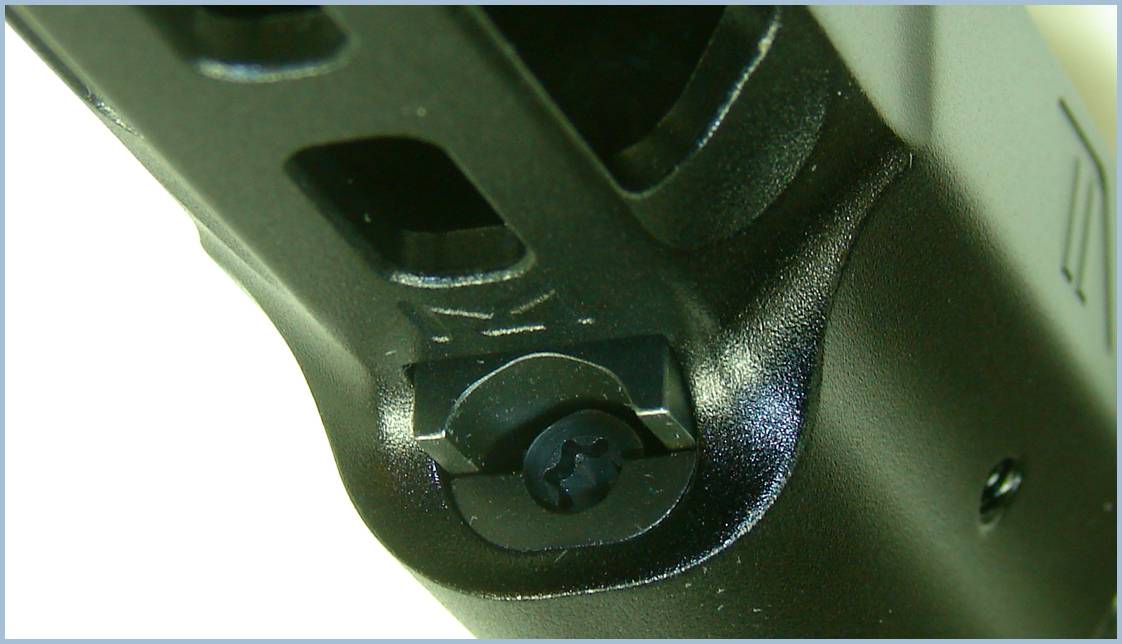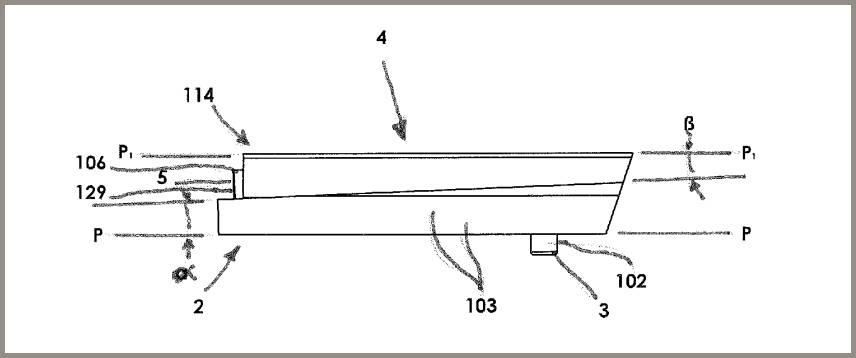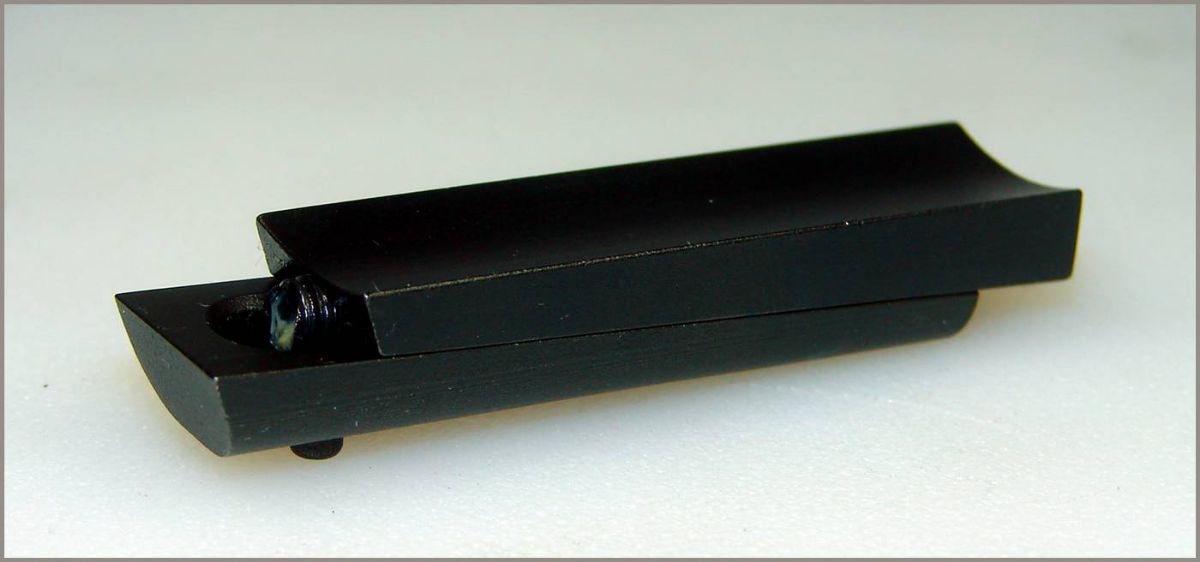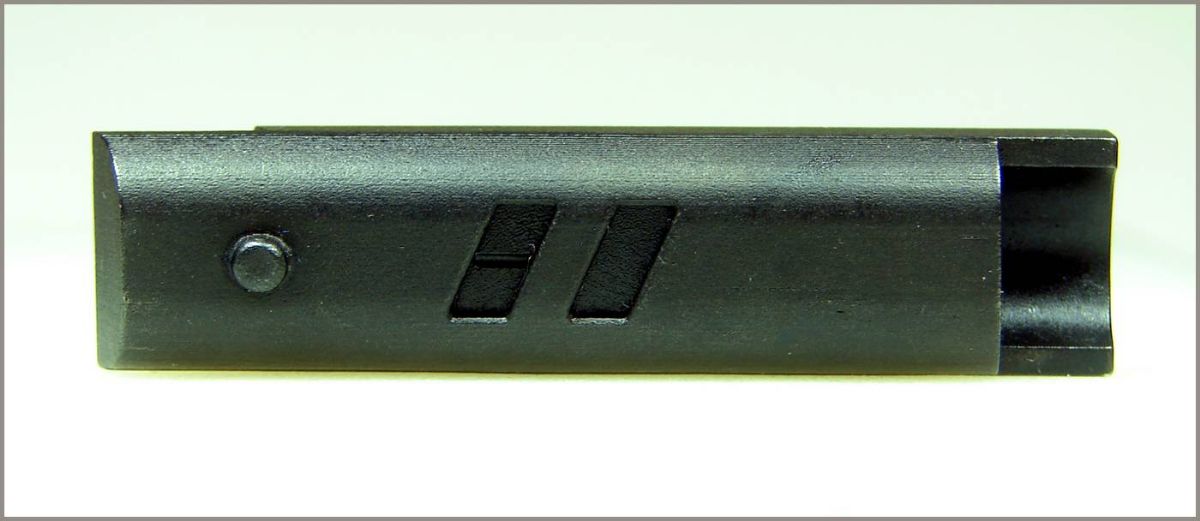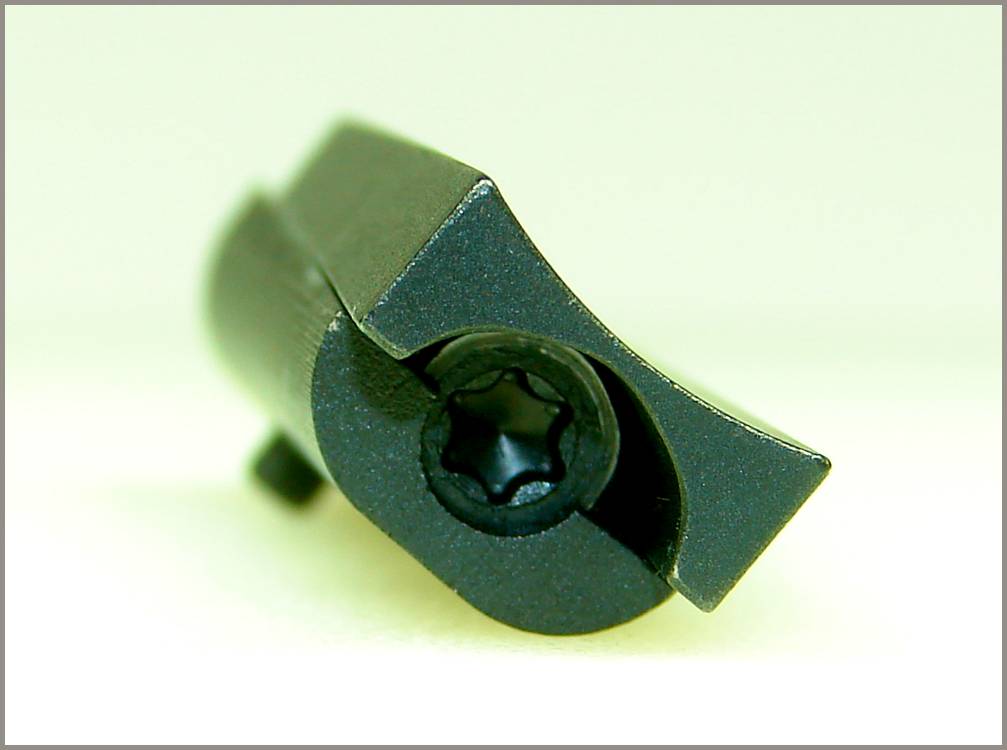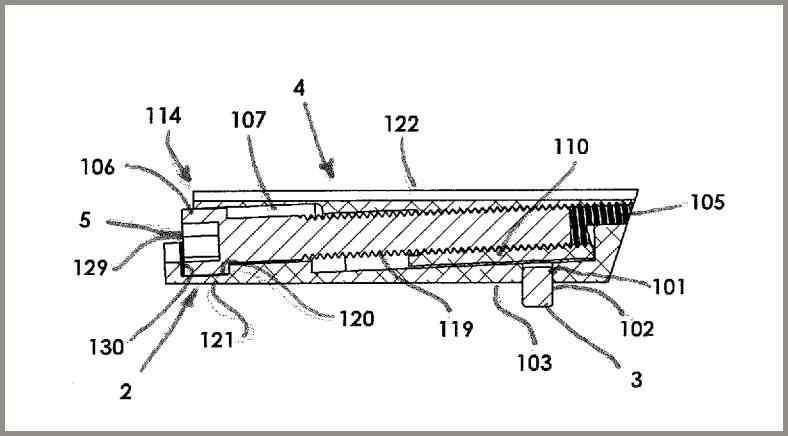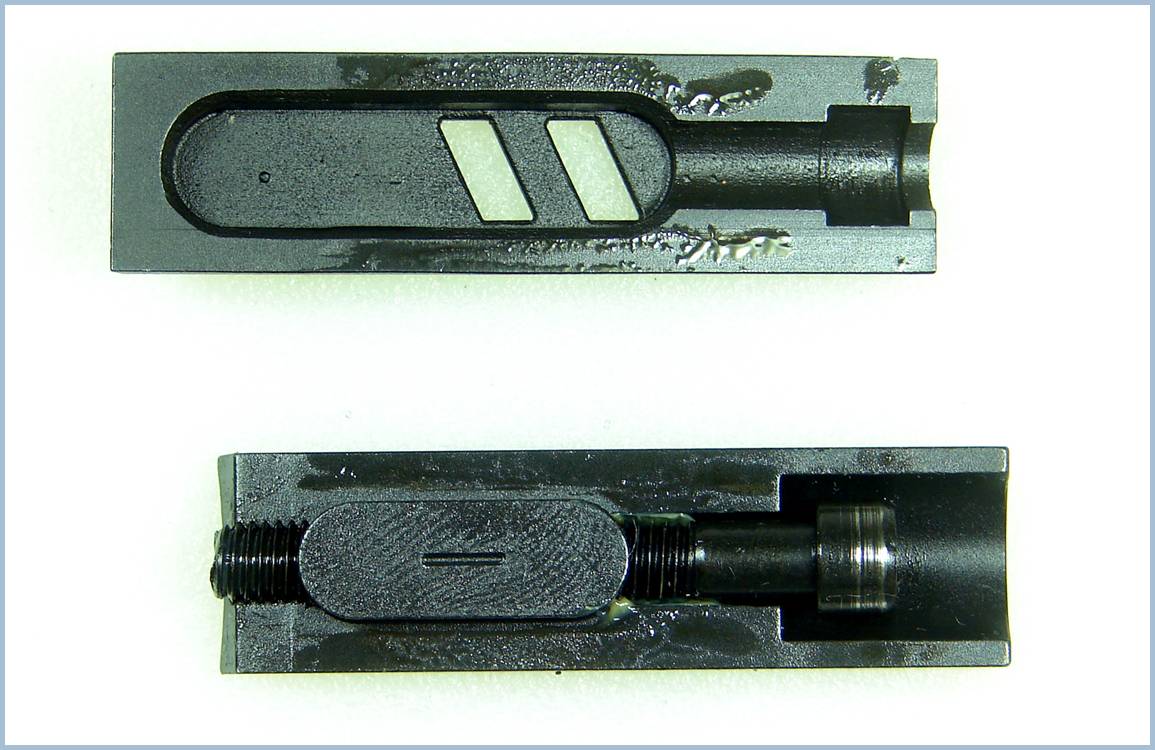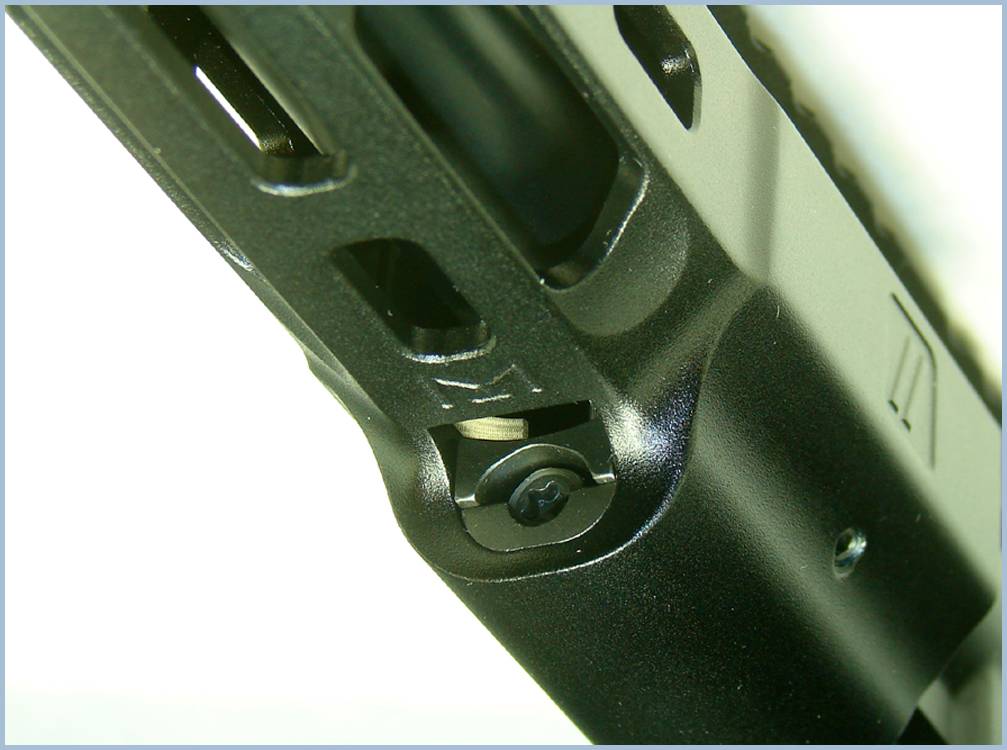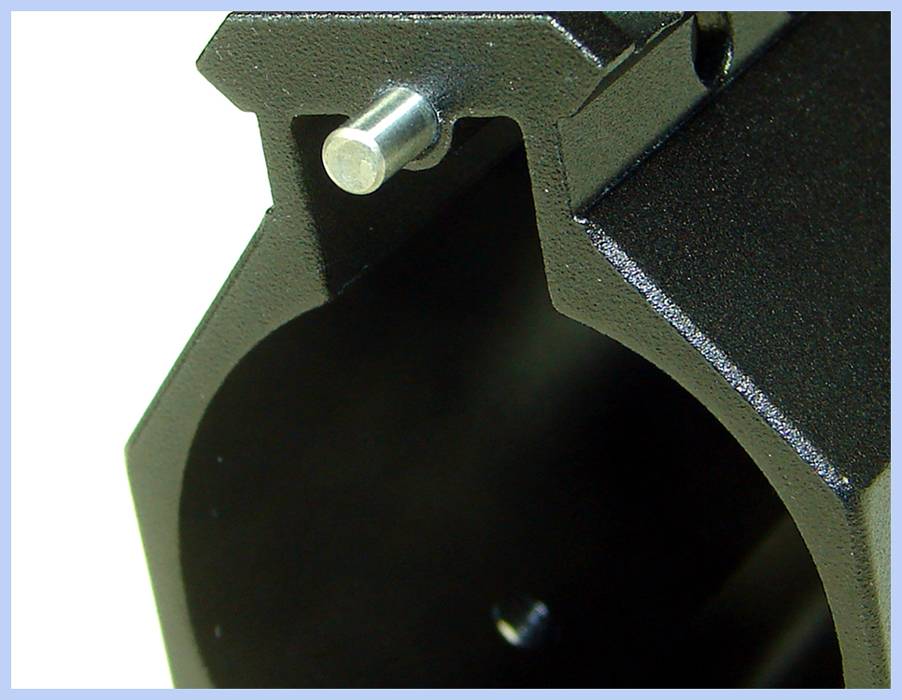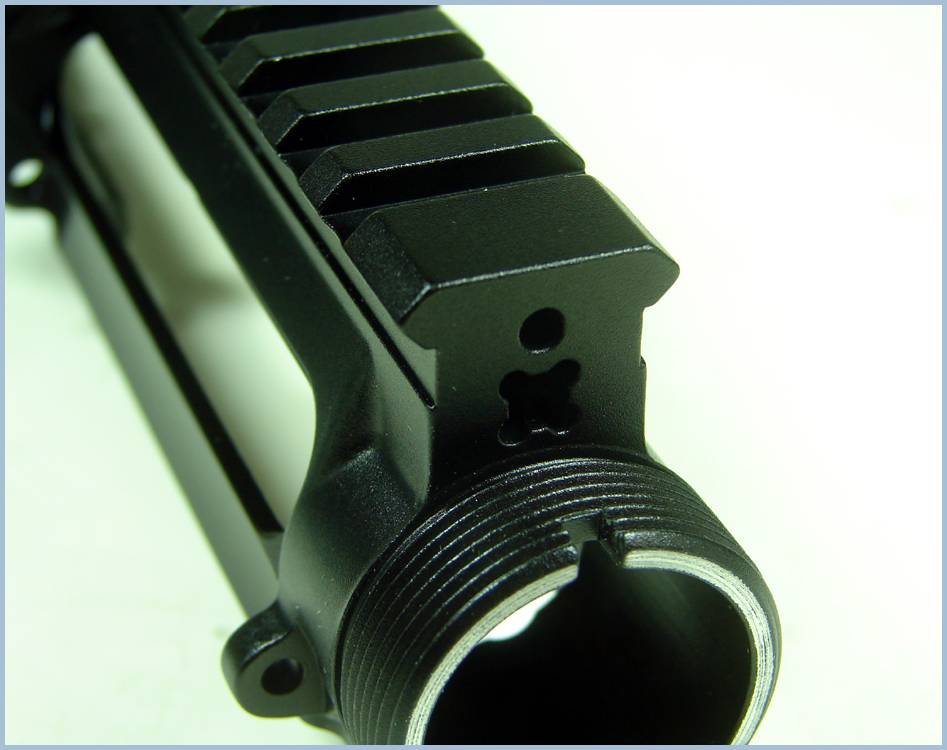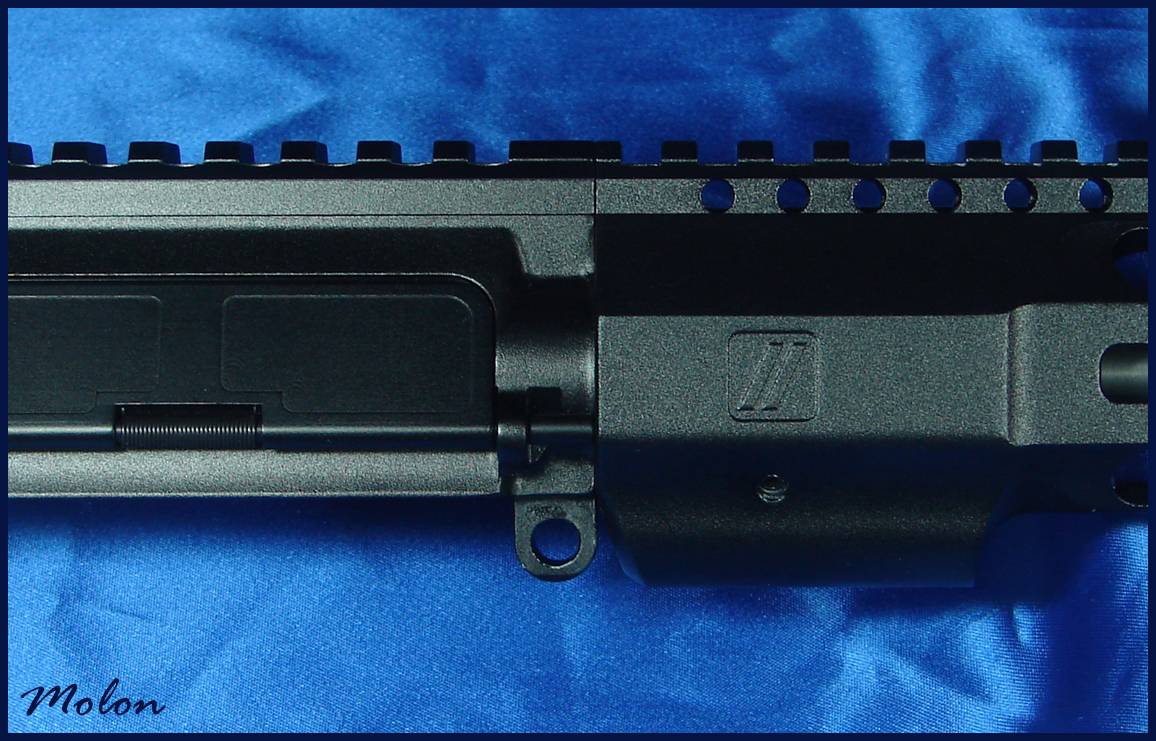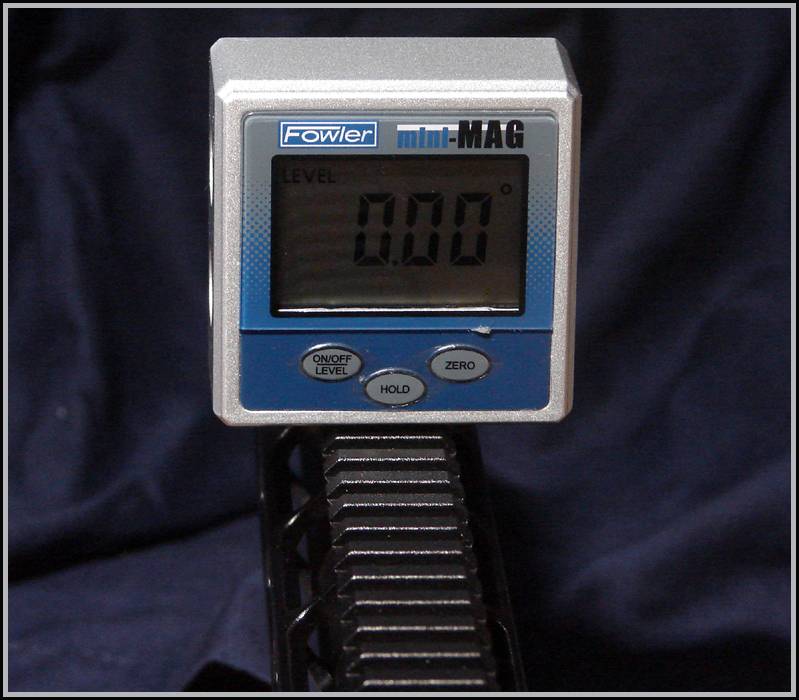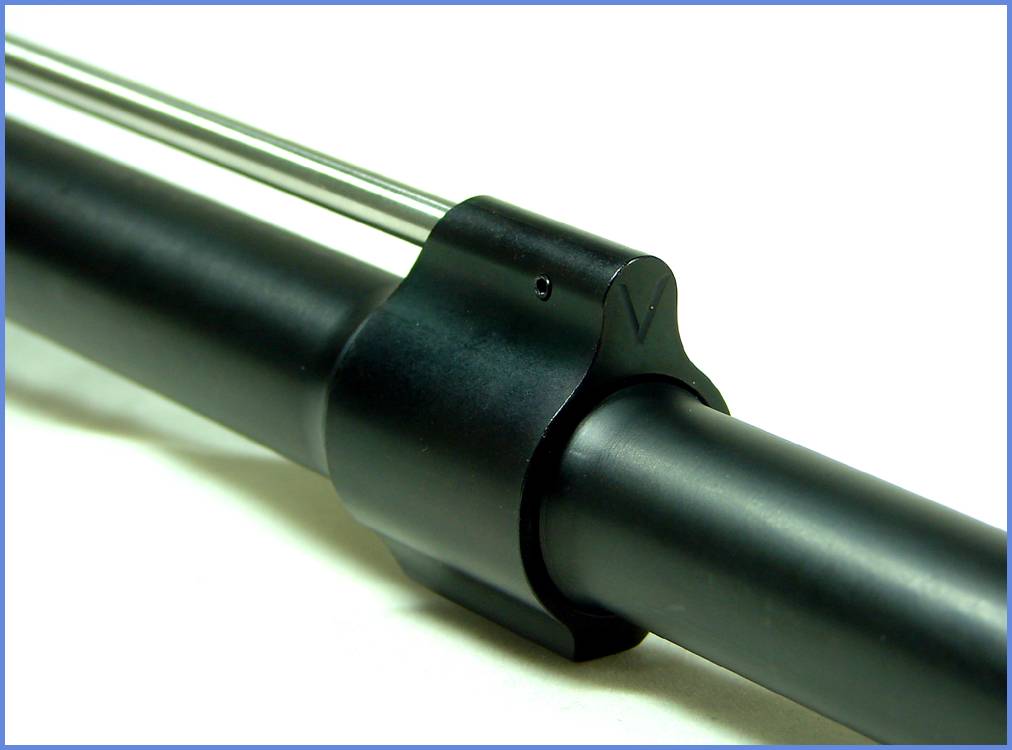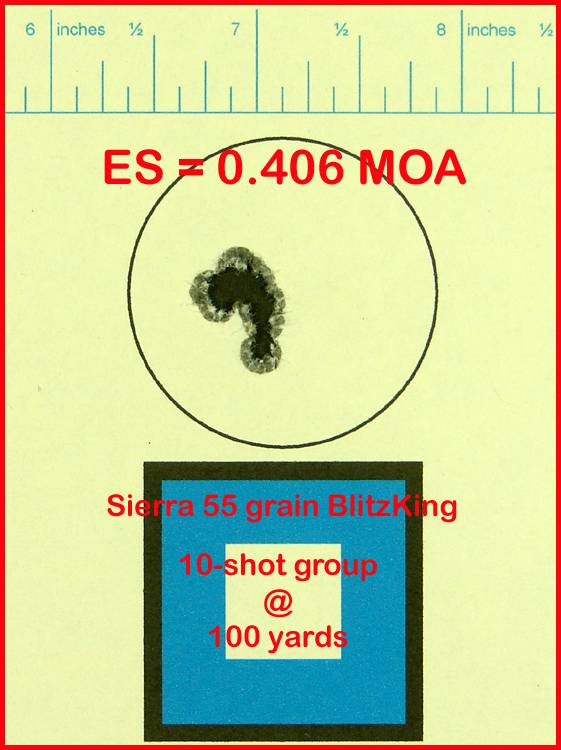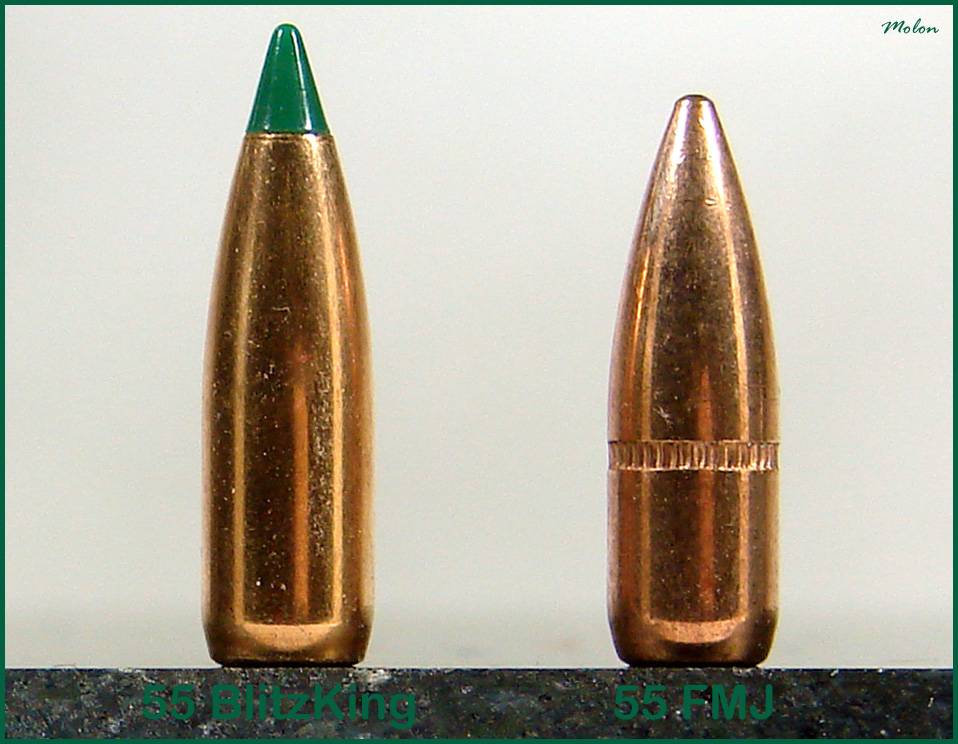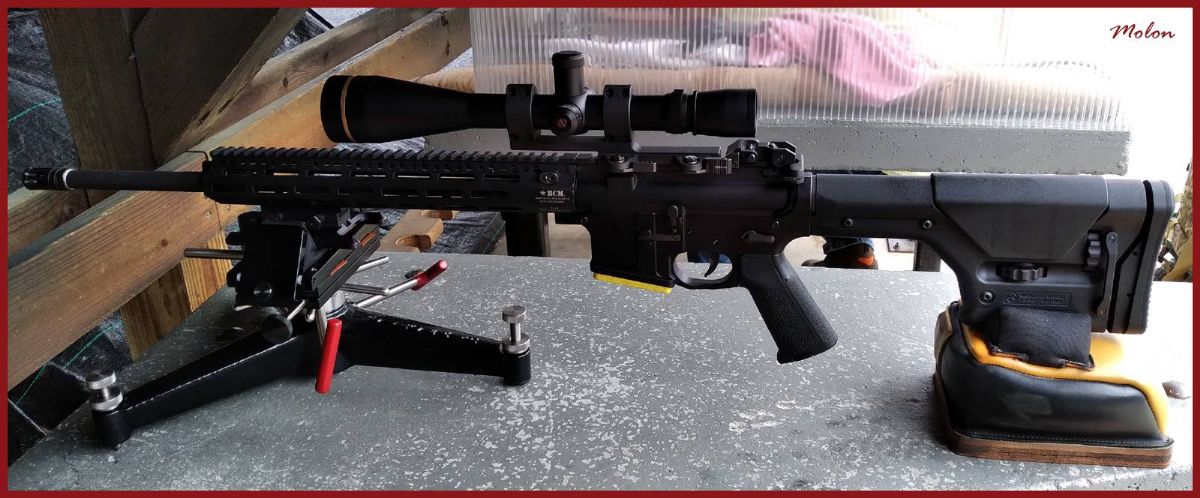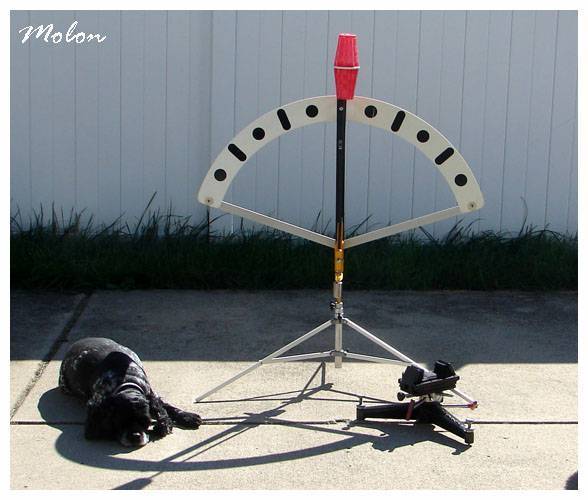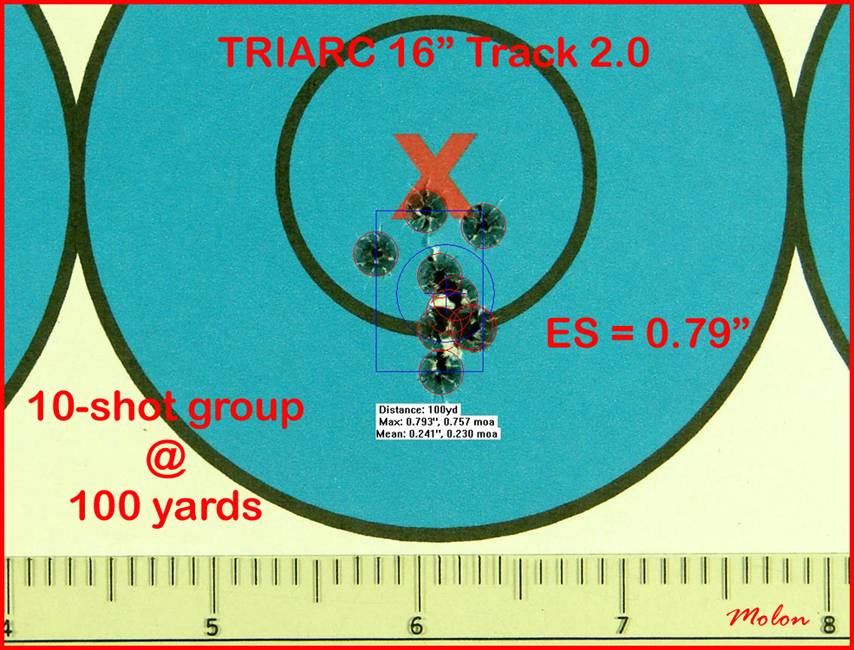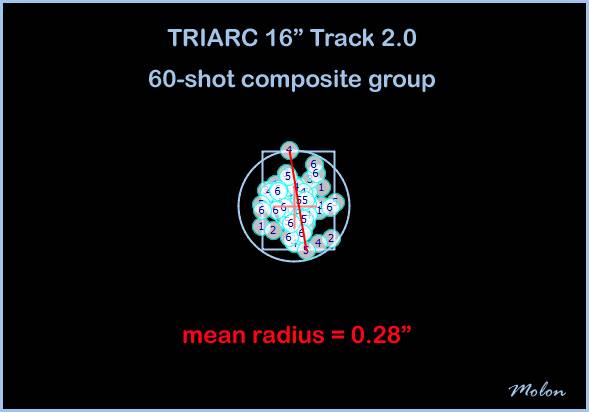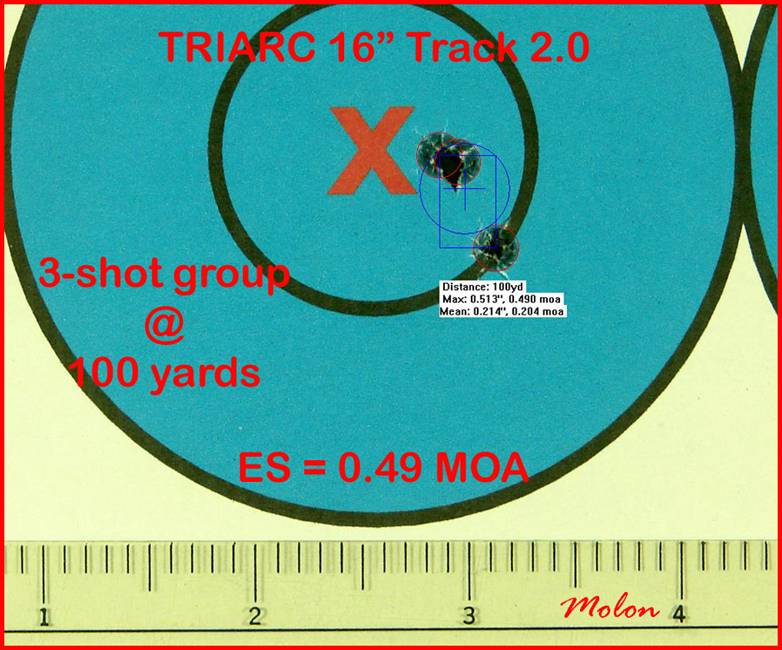TRIARC 16” Track 2.0 Barrel Accuracy Evaluation
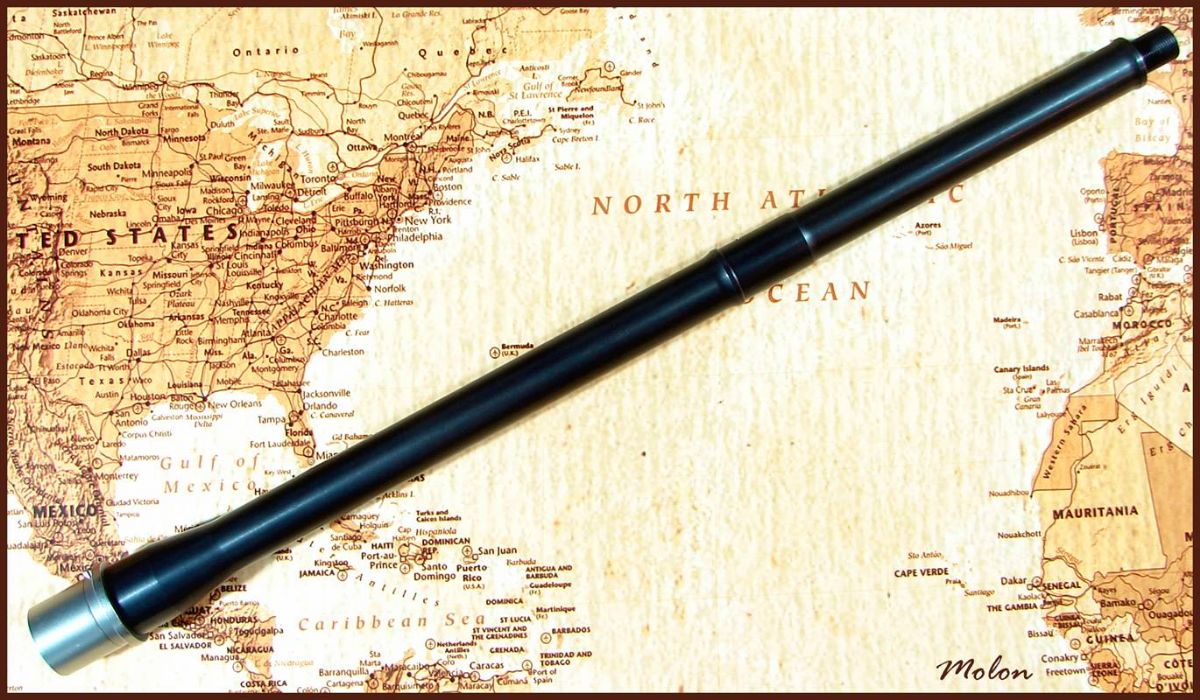
Over the last several years we’ve seen barrel manufacturers starting to move away from the traditional barrel profiles found on AR-15 barrels, such as the government profile, and moving toward “enhanced” barrel profiles, with the specific objectives of balancing weight distribution and handling characteristics while endeavoring to maintain accuracy that is on par with barrels with heavier profiles. The late John Noveske was the impetus for bringing modern AR-15 barrel profiles to the civilian market. His 16" CHF N4 barrel profile has the same weight as a government profile barrel of the same length, but it has a more intelligently designed contour that places more of the weight of the barrel from the chamber to the gas block journal and does away with the M203 cut-outs.
TRIARC is now producing a 16” barrel that has a profile that is quite similar to the Noveske N4 profile. TRIARC calls this their Track 2.0 barrel and they refer to the barrel profile as the “balanced straight contour.”
TRIARC 16” Track 2.0 . . .

Noveske 16” N4 . . .

The TRIARC 16” Track 2.0 barrel is made from 4150V Milspec B-1159E Chromium-Molybdenum-Vanadium steel and has a nitride finish. This stripped 16” barrel has a weight of 1 pound, 13.1 ounces. For comparison, a stripped 16” Colt 6920 government profile barrel has a weight of 1 pound, 12 ounces. The barrel extension on the Track 2.0 barrel has M4 feed-ramps and is coated with NP3.
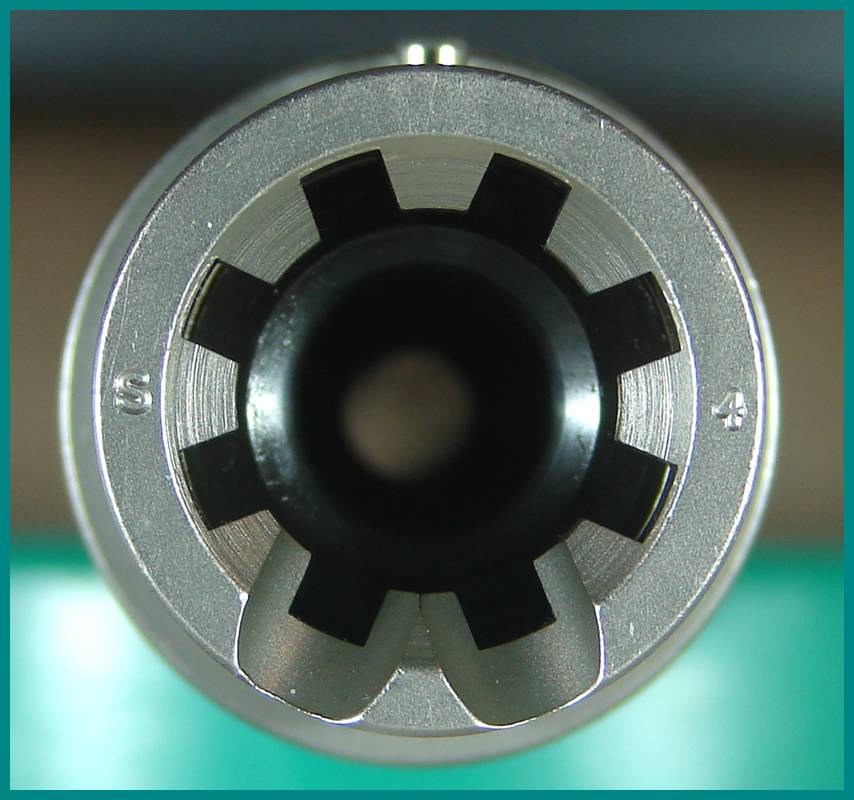
The gas block journal of the Track 2.0 barrel has a diameter of 0.75”; 0.7497” to be exact. The gas block journal comes with a single dimple contralateral to the gas port. Speaking of the gas port, it has a diameter 0.0695”. Unlike the gas block journal of the Noveske N4 barrel, the gas block journal of the Track 2.0 barrel has a length of 1”; so a traditional A-frame front sight base will not work with this barrel.
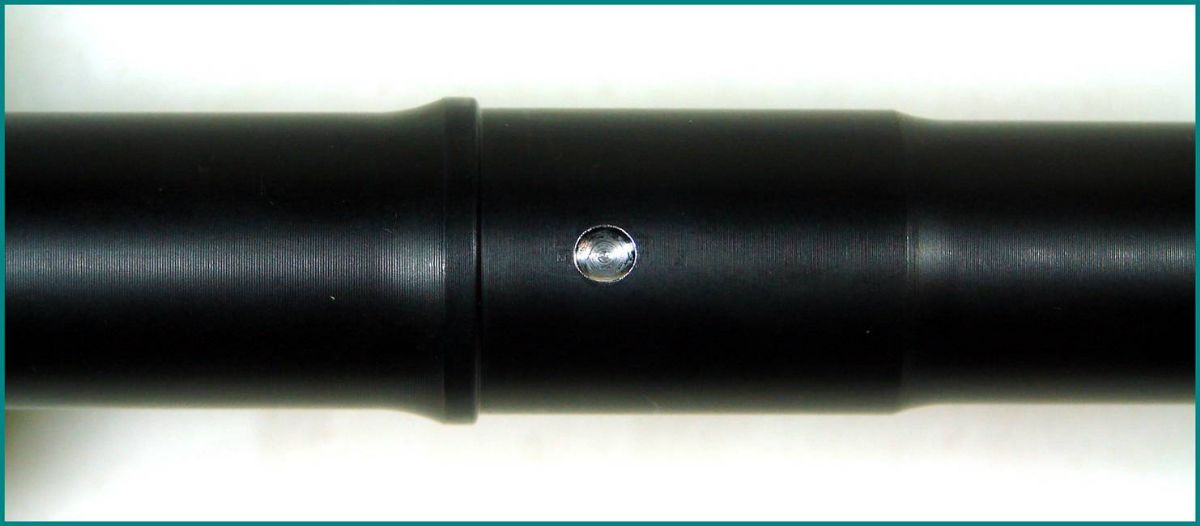
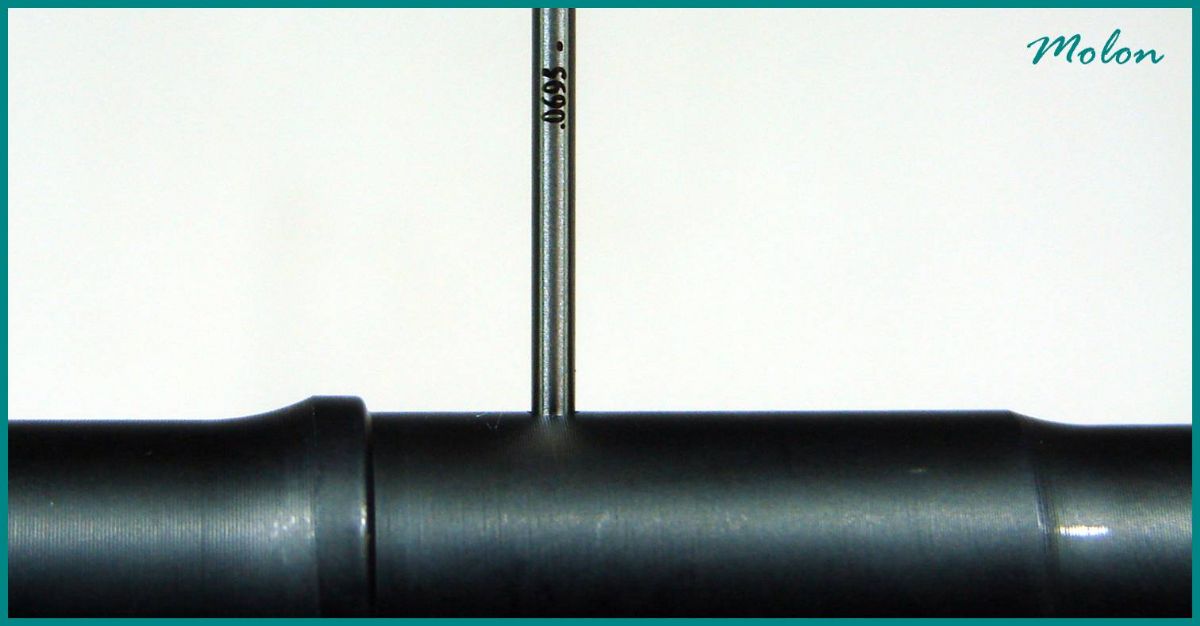
The TRIARC 16” Track 2.0 barrel has a 5.56mm NATO chamber, a 1:7” rifling twist and utilizes a mid-length gas system. A Colt reference bolt closed on the chamber with a 1.4646" head-space gauge and did not close on a 1.4666" head-space gauge. Further chamber checks using both factory loaded ammunition and hand-loads detected no defects in the neck or throat of the chamber.
The Track 2.0 barrel is button rifled and the bore is honed using Sunnen machinery. This honing system not only produces a “glass-smooth” finish to the interior of the bore, it also helps to create tight tolerances for the inside diameter of the bore throughout the entire length of the barrel.
The type of rifling found on the TRIARC Track 2.0 barrel is rather unique for AR-15 barrels. The rifling is known as single edge polygonal rifling (SEPR). The patent for this type of rifling (as well as a patent for machinery used to manufacture this rifling) is held by F.J. Feddersen. With single edge polygonal rifling, one side of the land has a traditional squared edge, while the other side of the land has a polygonal edge.
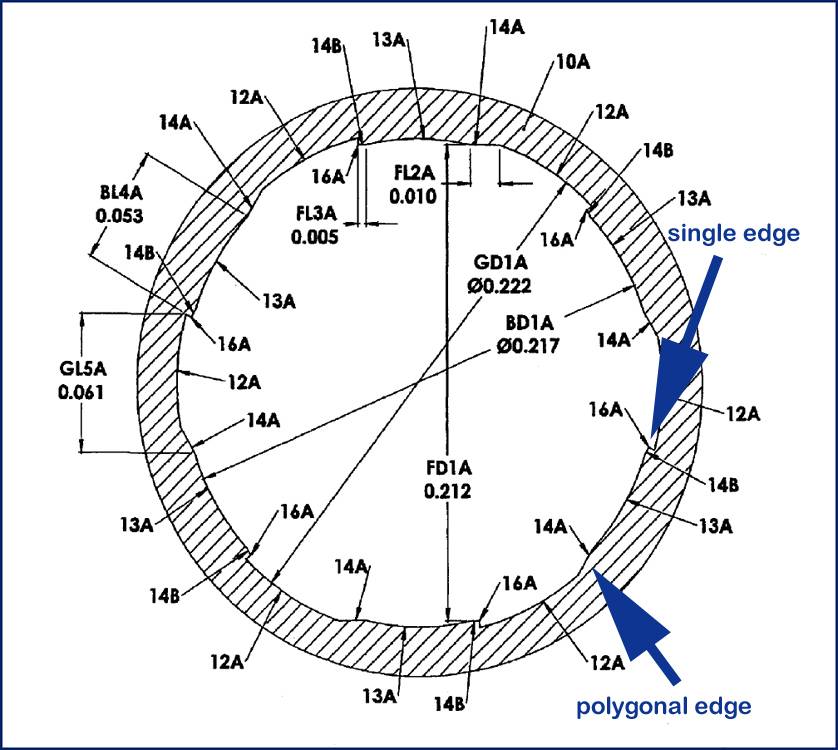
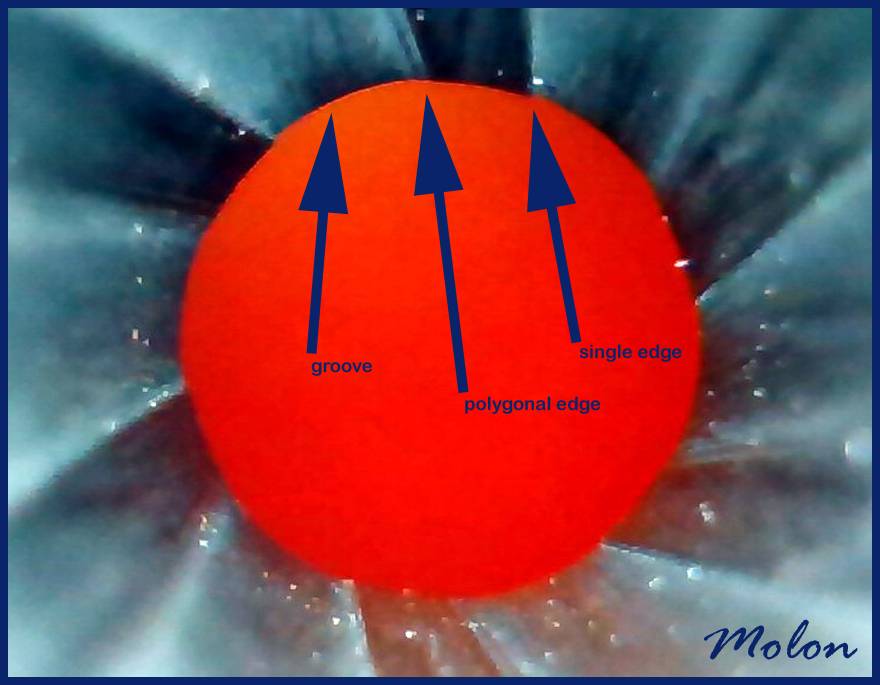
The F.J Feddersen patent for SEPR states that this type of rifling produces less bullet deformation than traditional rifling. F.J. Feddersen also claims that this rifling significantly reduces escaping gases and loss of gas pressures.
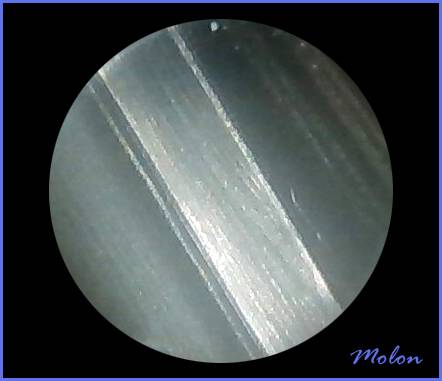
I've decided that I'm going to use an SOLG upper receiver for this build. It will be a nice thermal fit with the barrel extension of the TRIARC barrel. The internal specs of the upper receiver mate perfectly with the TRIARC bolt carrier group.
The stripped Sons of Liberty Gun Works upper receiver was filled-out with a Forward Controls Design low drag forward assist and V7 Weapons Systems’ ejection port cover and one-piece port cover rod.

I recently picked-up an SOLGW stripped lower receiver to go with this upper receiver group. The fit is damn near perfect.

....
TRIARC Bolt Carrier Group
For some time now I’ve been interested in trialing a bolt carrier group that has been coated with NP3 (electroless nickel TEFLON). NP3 has attributes that are potentially beneficial to the reciprocating parts of the AR-15 such as the bolt and bolt carrier and TRIARC Systems sells just such a bolt carrier group.


The TRIARC bolt carrier weighs the exact same amount as a full-auto Colt bolt carrier; 9.4 ounces. The carrier proper is made from case hardened 8620 steel, while the gas key is made from 4140 steel. The gas key is fastened to the carrier using Grade 8 hardware. The aft section of the bolt carrier has a small radius on the external diameter to aide in the smooth entrance of the bolt carrier into the receiver extension/buffer tube

The staking on the gas key is nicely done.

The NP3 coating on the bolt carrier gives the carrier the most lubricious feel of any bolt carrier that I’ve owned; including my JP Enterprises bolt carriers.
The length of the TRIARC bolt carrier is 6.672”, which meets the US mil-spec. The internal diameter of the gas key is 0.181”, which also meets the US mil-spec.
The bore of an AR-15 bolt carrier can be thought of as being divided into three different sections with critical dimensions. Starting at the front of the carrier, the “bolt run” section of the bolt carrier interfaces with the “land” on the bolt. This section of the Triarc carrier has an internal diameter of 0.531”, which as before, meets the US mil-spec.
The next two sections of the bore of the AR-15 bolt carrier are extremely important for the proper function of the gas system. The gas system of the AR-15 is commonly referred to as a “direct impingement” system. In actuality, the AR-15 uses a gas piston system with the tail of the bolt and the gas ring section being the piston and the two sections of the bore of the bolt carrier being discussed forming the cylinder.
The second section of the bore of the bolt carrier interfaces with the gas rings on the bolt and this section of the TRIARC bolt carrier has an internal diameter 0.4995”. The third section of the bolt carrier interfaces with the tail of the bolt and this section of the TRIARC bolt carrier has an internal diameter of 0.2515”. Both of these dimensions meet the US mil-spec and when combined with a bolt with the proper dimensions should produce a highly efficiently functioning gas system.
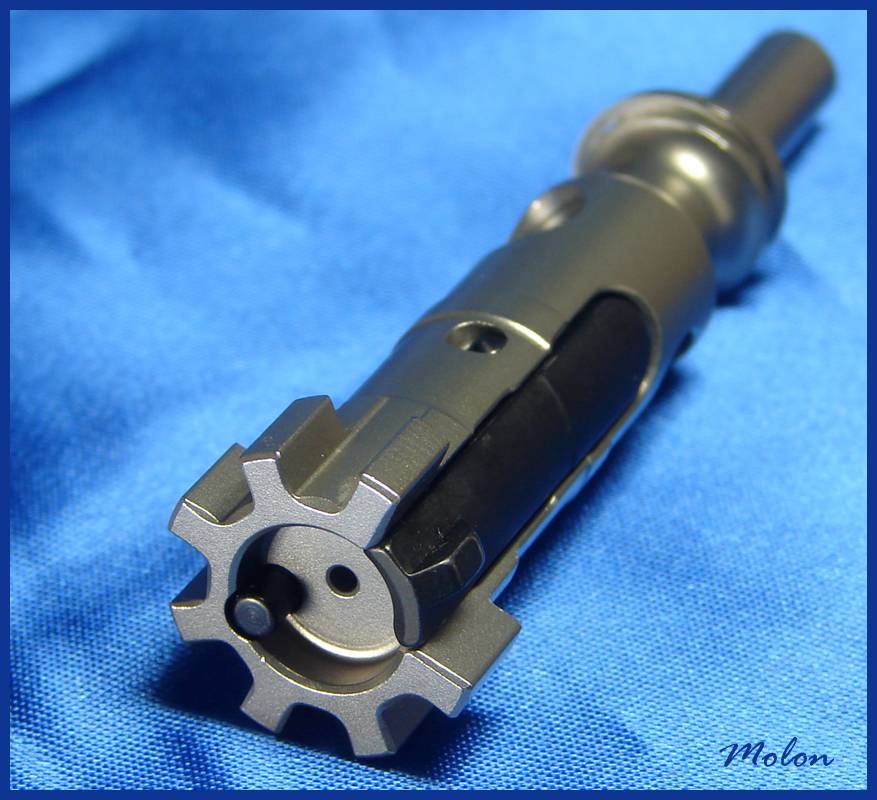
The TRIARC bolt is “machined from case hardened 9310 steel then shot-peened, heat treated” and magnetic particle inspected. I checked the firing pin protrusion on the TRIARC. With the supplied firing pin, the protrusion was 0.0295". With a new Colt firing pin the protrusion was 0.0290". I also checked the headspace of the TRIARC bolt with the 16" TRIARC Track 2.0 barrel. The bolt closed on 1.4646" head-space gauge and did not close on a 1.4666" gauge.
The mil-spec for the inside diameter of the bolt face is .380", with a tolerance of plus .005". The inside diameter of the bolt face of the TRIARC bolt that I received is ~0.3825".
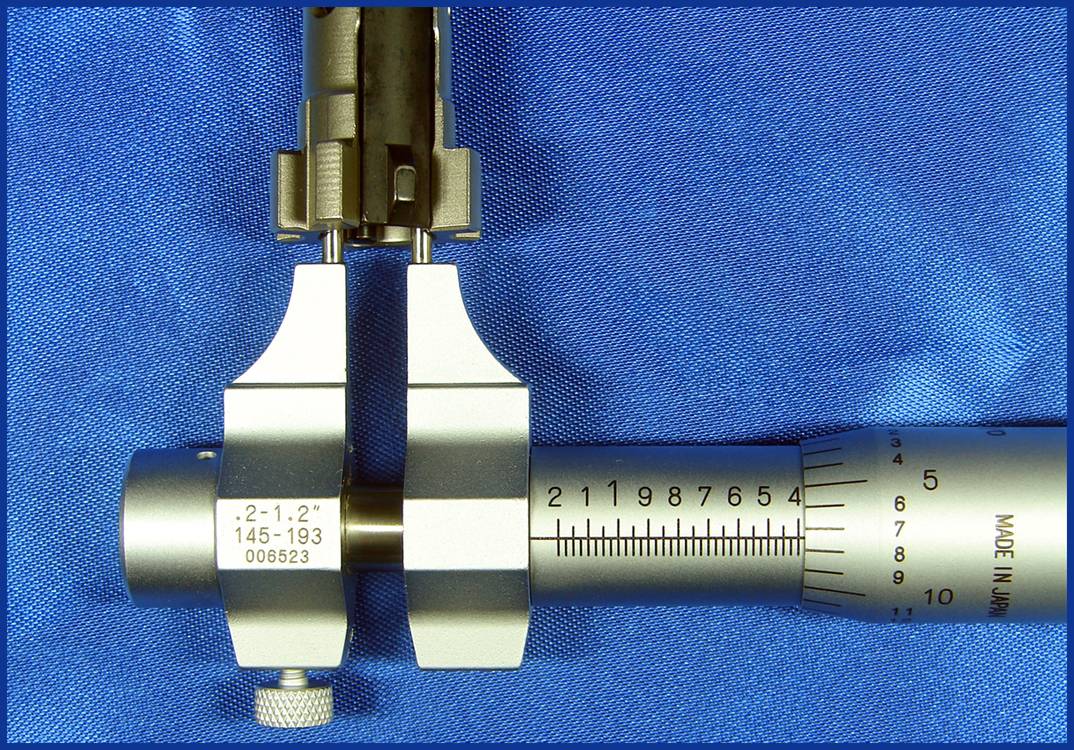
It is interesting to note that the cam pin hole on the TRIARC bolt does not have relief cuts like a Colt bolt. Neither does a Hodge bolt.
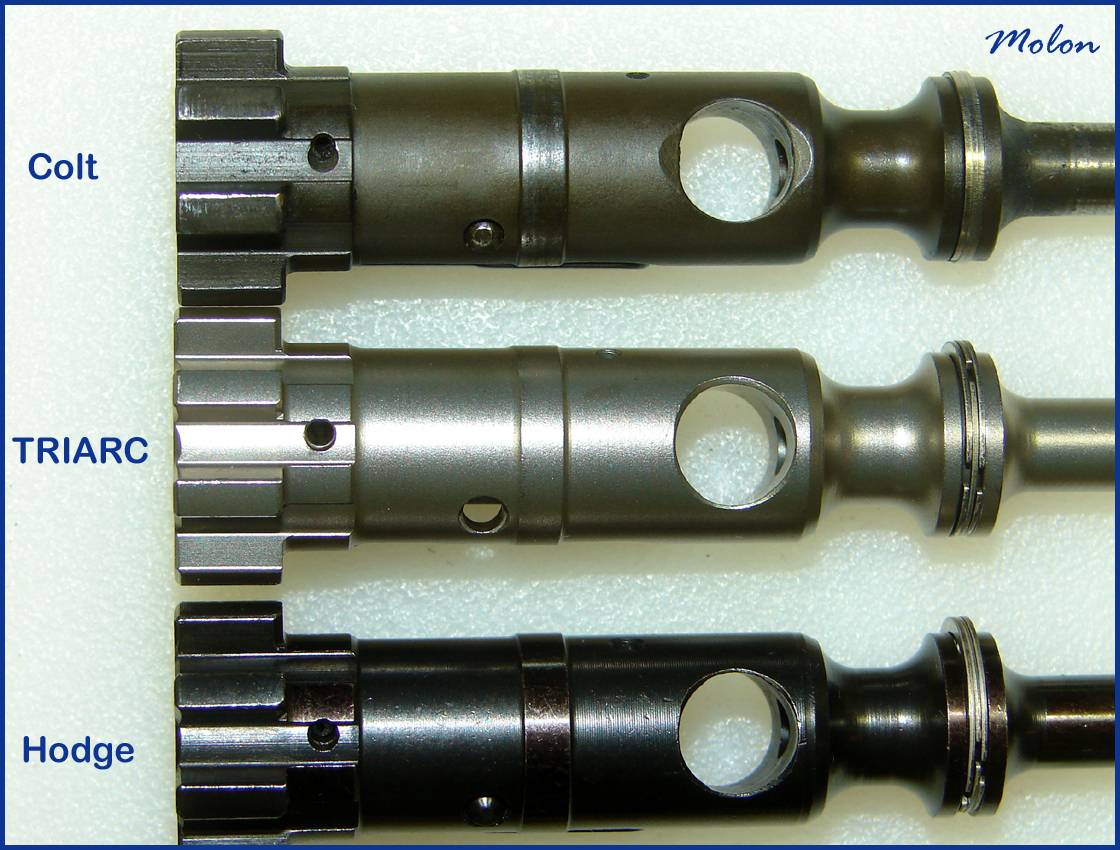
continued in the next post

Over the last several years we’ve seen barrel manufacturers starting to move away from the traditional barrel profiles found on AR-15 barrels, such as the government profile, and moving toward “enhanced” barrel profiles, with the specific objectives of balancing weight distribution and handling characteristics while endeavoring to maintain accuracy that is on par with barrels with heavier profiles. The late John Noveske was the impetus for bringing modern AR-15 barrel profiles to the civilian market. His 16" CHF N4 barrel profile has the same weight as a government profile barrel of the same length, but it has a more intelligently designed contour that places more of the weight of the barrel from the chamber to the gas block journal and does away with the M203 cut-outs.
TRIARC is now producing a 16” barrel that has a profile that is quite similar to the Noveske N4 profile. TRIARC calls this their Track 2.0 barrel and they refer to the barrel profile as the “balanced straight contour.”
TRIARC 16” Track 2.0 . . .

Noveske 16” N4 . . .

The TRIARC 16” Track 2.0 barrel is made from 4150V Milspec B-1159E Chromium-Molybdenum-Vanadium steel and has a nitride finish. This stripped 16” barrel has a weight of 1 pound, 13.1 ounces. For comparison, a stripped 16” Colt 6920 government profile barrel has a weight of 1 pound, 12 ounces. The barrel extension on the Track 2.0 barrel has M4 feed-ramps and is coated with NP3.

The gas block journal of the Track 2.0 barrel has a diameter of 0.75”; 0.7497” to be exact. The gas block journal comes with a single dimple contralateral to the gas port. Speaking of the gas port, it has a diameter 0.0695”. Unlike the gas block journal of the Noveske N4 barrel, the gas block journal of the Track 2.0 barrel has a length of 1”; so a traditional A-frame front sight base will not work with this barrel.


The TRIARC 16” Track 2.0 barrel has a 5.56mm NATO chamber, a 1:7” rifling twist and utilizes a mid-length gas system. A Colt reference bolt closed on the chamber with a 1.4646" head-space gauge and did not close on a 1.4666" head-space gauge. Further chamber checks using both factory loaded ammunition and hand-loads detected no defects in the neck or throat of the chamber.
The Track 2.0 barrel is button rifled and the bore is honed using Sunnen machinery. This honing system not only produces a “glass-smooth” finish to the interior of the bore, it also helps to create tight tolerances for the inside diameter of the bore throughout the entire length of the barrel.
The type of rifling found on the TRIARC Track 2.0 barrel is rather unique for AR-15 barrels. The rifling is known as single edge polygonal rifling (SEPR). The patent for this type of rifling (as well as a patent for machinery used to manufacture this rifling) is held by F.J. Feddersen. With single edge polygonal rifling, one side of the land has a traditional squared edge, while the other side of the land has a polygonal edge.


The F.J Feddersen patent for SEPR states that this type of rifling produces less bullet deformation than traditional rifling. F.J. Feddersen also claims that this rifling significantly reduces escaping gases and loss of gas pressures.

I've decided that I'm going to use an SOLG upper receiver for this build. It will be a nice thermal fit with the barrel extension of the TRIARC barrel. The internal specs of the upper receiver mate perfectly with the TRIARC bolt carrier group.
The stripped Sons of Liberty Gun Works upper receiver was filled-out with a Forward Controls Design low drag forward assist and V7 Weapons Systems’ ejection port cover and one-piece port cover rod.

I recently picked-up an SOLGW stripped lower receiver to go with this upper receiver group. The fit is damn near perfect.

....
TRIARC Bolt Carrier Group
For some time now I’ve been interested in trialing a bolt carrier group that has been coated with NP3 (electroless nickel TEFLON). NP3 has attributes that are potentially beneficial to the reciprocating parts of the AR-15 such as the bolt and bolt carrier and TRIARC Systems sells just such a bolt carrier group.


The TRIARC bolt carrier weighs the exact same amount as a full-auto Colt bolt carrier; 9.4 ounces. The carrier proper is made from case hardened 8620 steel, while the gas key is made from 4140 steel. The gas key is fastened to the carrier using Grade 8 hardware. The aft section of the bolt carrier has a small radius on the external diameter to aide in the smooth entrance of the bolt carrier into the receiver extension/buffer tube

The staking on the gas key is nicely done.

The NP3 coating on the bolt carrier gives the carrier the most lubricious feel of any bolt carrier that I’ve owned; including my JP Enterprises bolt carriers.
The length of the TRIARC bolt carrier is 6.672”, which meets the US mil-spec. The internal diameter of the gas key is 0.181”, which also meets the US mil-spec.
The bore of an AR-15 bolt carrier can be thought of as being divided into three different sections with critical dimensions. Starting at the front of the carrier, the “bolt run” section of the bolt carrier interfaces with the “land” on the bolt. This section of the Triarc carrier has an internal diameter of 0.531”, which as before, meets the US mil-spec.
The next two sections of the bore of the AR-15 bolt carrier are extremely important for the proper function of the gas system. The gas system of the AR-15 is commonly referred to as a “direct impingement” system. In actuality, the AR-15 uses a gas piston system with the tail of the bolt and the gas ring section being the piston and the two sections of the bore of the bolt carrier being discussed forming the cylinder.
The second section of the bore of the bolt carrier interfaces with the gas rings on the bolt and this section of the TRIARC bolt carrier has an internal diameter 0.4995”. The third section of the bolt carrier interfaces with the tail of the bolt and this section of the TRIARC bolt carrier has an internal diameter of 0.2515”. Both of these dimensions meet the US mil-spec and when combined with a bolt with the proper dimensions should produce a highly efficiently functioning gas system.

The TRIARC bolt is “machined from case hardened 9310 steel then shot-peened, heat treated” and magnetic particle inspected. I checked the firing pin protrusion on the TRIARC. With the supplied firing pin, the protrusion was 0.0295". With a new Colt firing pin the protrusion was 0.0290". I also checked the headspace of the TRIARC bolt with the 16" TRIARC Track 2.0 barrel. The bolt closed on 1.4646" head-space gauge and did not close on a 1.4666" gauge.
The mil-spec for the inside diameter of the bolt face is .380", with a tolerance of plus .005". The inside diameter of the bolt face of the TRIARC bolt that I received is ~0.3825".

It is interesting to note that the cam pin hole on the TRIARC bolt does not have relief cuts like a Colt bolt. Neither does a Hodge bolt.

continued in the next post


